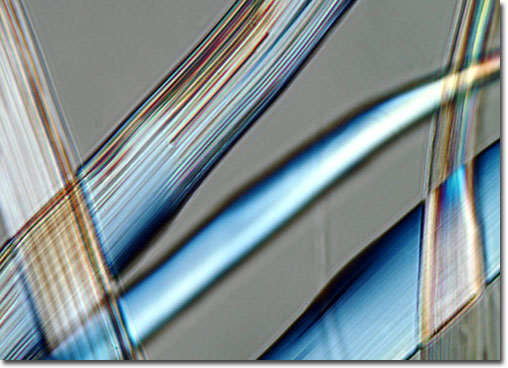|
Each silkworm cocoon yields a strand of silk about 1,000 yards long. If a moth attempts to emerge from its cocoon, however, the long strand is broken. Thus, most commercial operations treat the cocoons with heat or steam in order to avoid the occurrence. However, some entrepreneurs have found a demand for what is known as wild silk, which does not involve the premature demise of the insects that produce it. Instead, the silkworms live freely, eating whatever they desire, and are allowed to carry out their full metamorphosis. The result is a material that is generally coarser than cultivated silk because it is made from numerous broken strands, rather than a seamless single one, and is also variously colored due to the uncontrolled diet of the insects.
|
